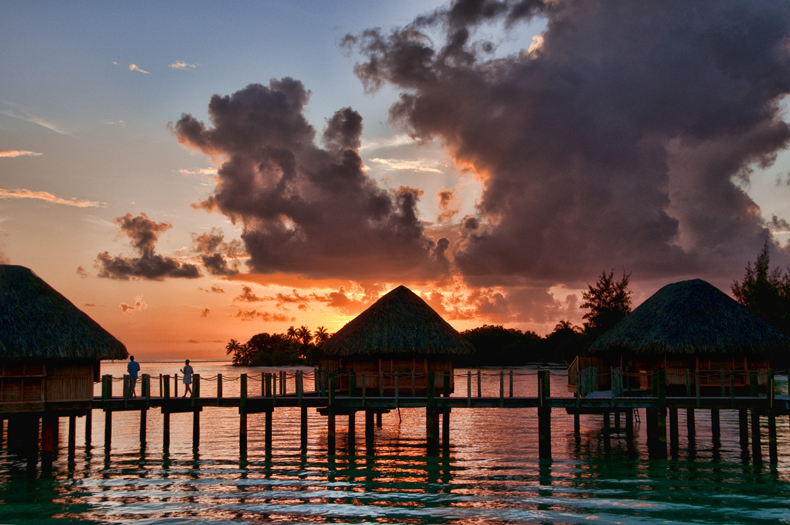
Just when you think you've heard it all, ponder this. Wispy monarch butterflies, fluttering northerly over the United States in summertime, finally arrive in Canada in early autumn. They have migrated from central Mexico in 40 day life cycles. This latest generation of butterflies, however, detects the autumnal ebb in the photoperiod and makes an abrupt u-turn to fly south. These native Canadians draw a bead on a single mountaintop in Mexico, 2500 miles away. With beating wings and the grace of god, they are soon there, resting in the same Oyamel fir trees as their forebears did. Six months and many generations ago! Truly one of nature's most amazing tales. How on earth?
British Naval Captain James Cook is considered by many to be the greatest of human navigators. But is this really so? His credentials are definitely impressive. He sailed around the world twice and explored much of the Pacific Ocean in the mid 1700's, before anyone else had done so. Cook used the technology of his time, a compass, a sextant, and the stars to find his way over the vast oceans.
In 1769 Cook received a detailed map from Polynesians in Tahiti of all the major islands of the South Pacific, most he had never seen or heard of. Obviously they'd sailed these waters for a long time. Tupaia, a Tahitian priest, then joined Cook on his ship, the Endeavor, and proceeded to dazzle the British captain and crew by taking them to unknown and faraway islands, without the use of navigational aids. By dead reckoning only. Just like the monarch butterfly!
Now who's the greatest navigator of the all?